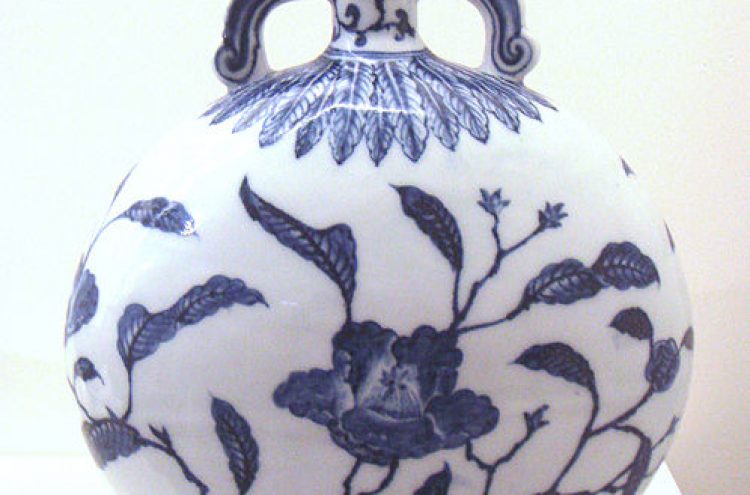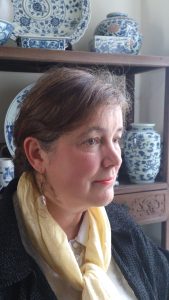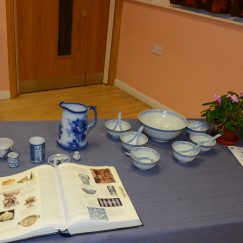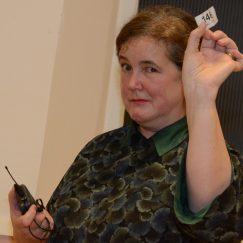
Blue and white porcelain
Wednesday 2 December 2015
Anne Haworth
 Lecturer at the V&A and a guide for private tours of the State Rooms and The Queen’s Gallery at Buckingham Palace, Anne Haworth is a lecturer in British Painting for American students resident in London. In autumn 2002 she catalogued the collection of Chinese porcelain at Kensington Palace. From 2002 to 2005, Anne was a committee member of the French Porcelain Society and from 1995 to 2002, was resident in Shanghai, China where she visited ancient kiln sites and lectured to expatriate groups. From 1981 to 1995, she trained and became a senior ceramics specialist at Christie’s and Bonhams.
Lecturer at the V&A and a guide for private tours of the State Rooms and The Queen’s Gallery at Buckingham Palace, Anne Haworth is a lecturer in British Painting for American students resident in London. In autumn 2002 she catalogued the collection of Chinese porcelain at Kensington Palace. From 2002 to 2005, Anne was a committee member of the French Porcelain Society and from 1995 to 2002, was resident in Shanghai, China where she visited ancient kiln sites and lectured to expatriate groups. From 1981 to 1995, she trained and became a senior ceramics specialist at Christie’s and Bonhams.
Blue and white porcelain is exceptionally beautiful: decorative yet durable. It originated in China, and has been copied in ceramic workshops from Persia to Holland and Britain. Blue and white developed in 14th century China in response to market demands from Islamic countries, where blue was valued for its association with life-giving water. From the 1350s, large vases and dishes were shipped to Persia and Turkey. As the domination of trade routes passed in turn to the Portuguese, followed by the Dutch and the English, each country shipped porcelain from China, commissioning different designs from the ever-versatile porcelain makers at Jingdezhen. The lecturer includes her photographs of porcelain being made in and around Jingdezhen.
Below are photos of this lecture
- Information boards
- Porcelain display
- Lecturer Anne Haworth
- Drawing the raffle
- Winning ticket














